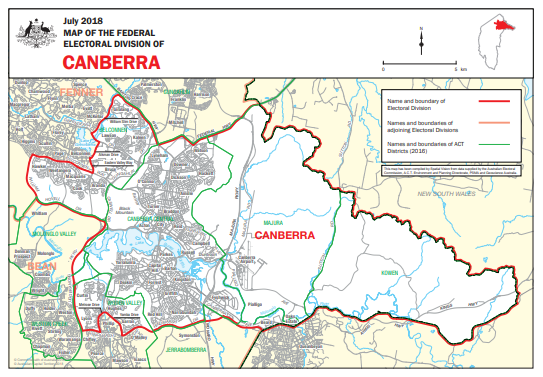|
|
|
|
| Adam Carr's Election Archive
|
Australian federal election, 2022
Division of Canberra, Australian Capital Territory
Named for: City of Canberra, officially named in March 1913 (Indigenous word, supposedly meaning
"meeting place") *
Central Canberra: Aranda, Canberra Central, Downer, Narrabundah
Territory seats: Parts of
Ginninderrra,
Kurrajong,
Murrumbidgee and
Yerrabi
Local government areas: None
Borders with:
Bean,
Eden-Monaro and
Fenner
Enrolment at 2019 election: 95,383
Enrolment at 2022 election: 102,196 (+07.2)
1999 republic referendum: Yes 62.1
2018 same-sex marriage survey: Yes 74.1
Sitting member: Alicia Payne (Labor):
Elected 2019
2007 Labor majority over Liberal: 11.8%
2010 Labor majority over Liberal: 9.2%
2013 Labor majority over Liberal: 7.0%
2016 Labor majority over Liberal: 8.5%
2019 Labor majority over Liberal: 17.1%
Liberal two-party vote 1983-2019
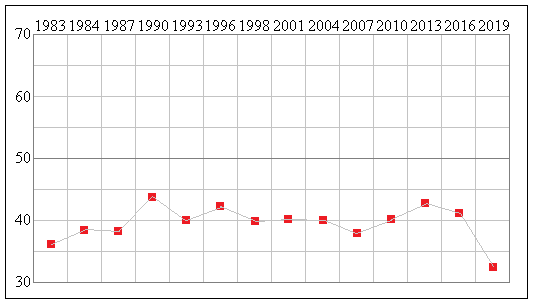
Status: Very safe Labor
Best Labor booths, two-party vote: Ainslie North (82.7), Downer (81.0), Turner (80.3), Lyneham (79.5),
Dickson East (79.3)
Best Liberal booths, two-party vote: Deakin (54.8), Woden PPVC (45.6), Yarralumla (44.5), Campbell (42.2),
Tuggeranong PPVC (40.9)
2019 results
Statistics and history
Candidates in ballot-paper order:
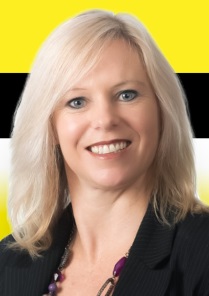 |
 |
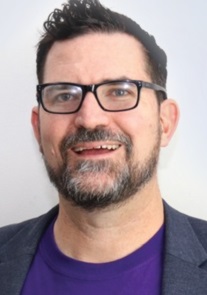 |
 |
1. Catherine Smith
United Australia Party |
2. James Miles
Pauline Hanson's One Nation |
3. Tim Bohm
Independent |
4. Slade Minson
Liberal Party |
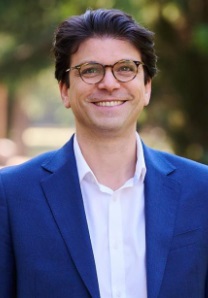 |
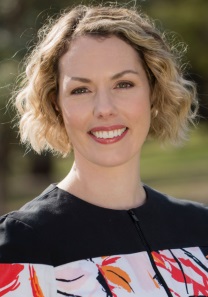 |
5. Tim Hollo
Australian Greens |
6. Alicia Payne
Australian Labor Party |
Candidate websites:
Tim Bohm
Tim Hollo
Slade Minson
Alicia Payne
Catherine Smith
Division of Canberra
The seat of Canberra was created in 1974 when the old seat of
Australian Capital Territory
was divided in two. For most
of its history it has taken in all the Canberra suburbs south of Lake Burley Griffin, as well as the rural areas of the
southern ACT. By 2016 its enrolment had reached 143,000, the highest of any seat since Federation. The 2018
redistribution gave the ACT a third seat, and as a result Canberra was recast as a central city seat, covering the inner suburbs
on both sides of the Lake.
Canberra has been won by the Liberal Party three times: in 1975 and 1977 and at the 1995 by-election which marked the
beginning of the end of the Keating government. Normally, however, Canberra's large population of public servants vote
fairly solidly Labor, which explains the contrast between this seat's very high income levels and its voting behaviour:
it is the third-wealthiest Labor-held electorate, but in Canberra even very wealthy suburbs like Red Hill and Yarralumla vote Labor.
On its current boundaries Canberra has the lowest proportion of people employed in manufacturing and
construction of any seat, yet it has become even stronger for Labor. It also produces a strong vote for the Greens.
Members for Canberra have include Labor ministers
Kep Enderby,
Ros Kelly and
Bob McMullan.
Annette Ellis moved to this
seat from the abolished seat of
Namadgi in 1998. She was on the opposition frontbench from 2002 to 2004, but
retired in 2010, and was succeeded by
Gai Brodtmann. Brodtmann was intending to contest the new southern suburbs seat of Bean at the
2022 election, leaving Canberra vacant. In August 2018 she announced that instead she would retire for personal
reasons.
Alicia Payne, Labor MP for Canberra since 2019, was born and educated in Canberra and worked at the National Centre for Social and
Economic Modelling (NATSEM) and at the Department of the Treasury before entering politics. She was a senior adviser to
Lindsay Tanner and
Bill Shorten and chief of staff to Labor minister
Jenny Macklin. The Greens candidate (who might well manage to
come second in this seat) is Tim Hollo, executive director of the Green Institute.
* The origin of the name Canberra is unknown. The belief that it is a Ngunnawal word meaning "meeting
place" is possibly correct, but unattested. The name was first used by settler Joshua Moore, who named his property
Canberry in 1826. The current spelling was in use by 1850.
Demographics:
Median weekly household income: $2,098 (Australia $1,438)
People over 65: 13.2% (Australia 15.8%)
Australian born: 64.3% (Australia 66.7%)
Non-English-speaking households: 21.5% (Australia 22.2%)
Catholics 17.1% (Australia 22.6%)
No religion 43.9% (Australia 29.6%)
University graduates: 48.1% (Australia 22.0%)
Professional and managerial employment: 59.0% (Australia 35.2%)
Employed in manufacturing and construction: 6.8% (Australia 22.9%)
Paying a mortgage: 25.5% (Australia 34.5%)
Renting: 46.0% (Australia 30.9%)
Traditional families: 22.6% (Australia 32.8%)
Back to main page
|
|

